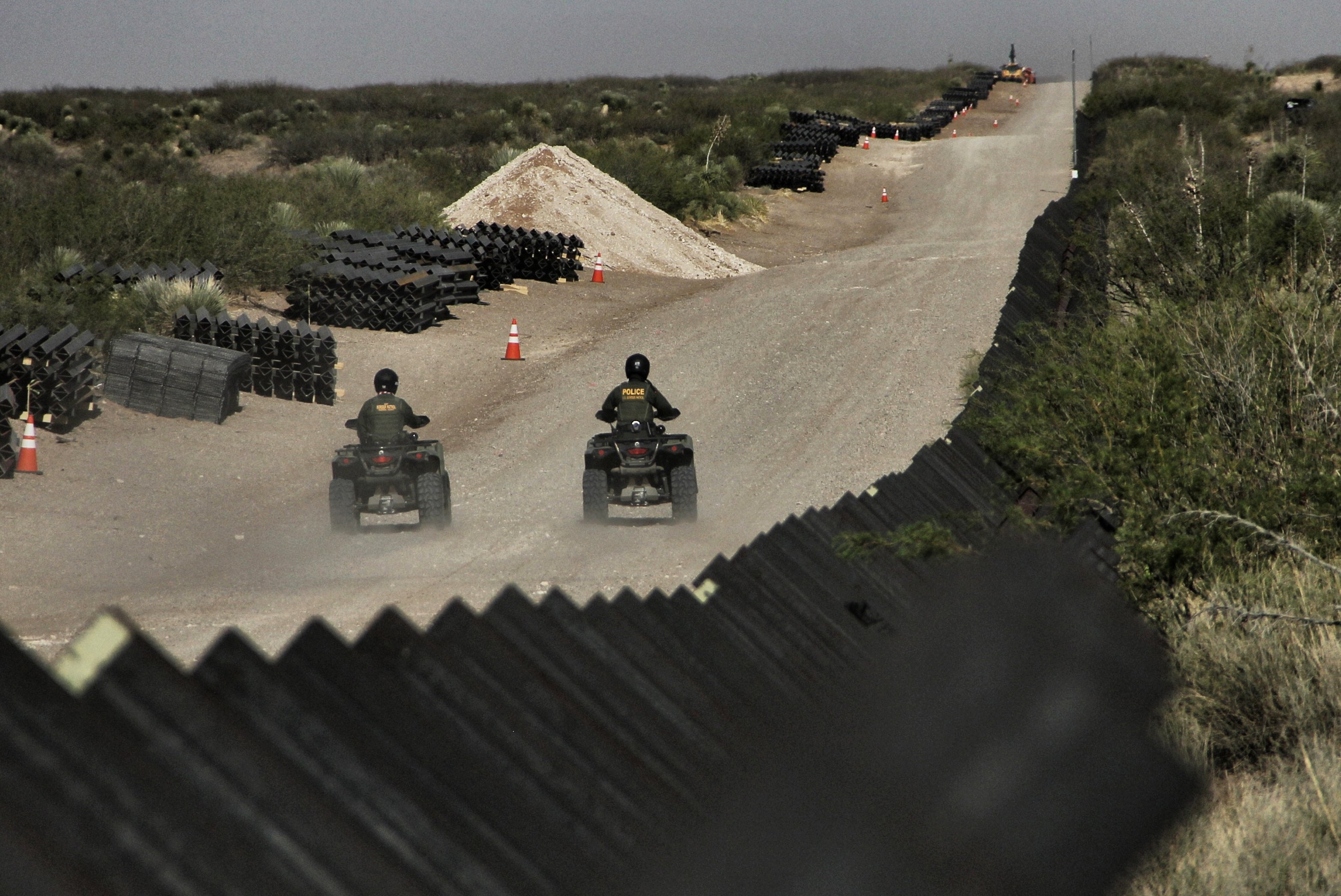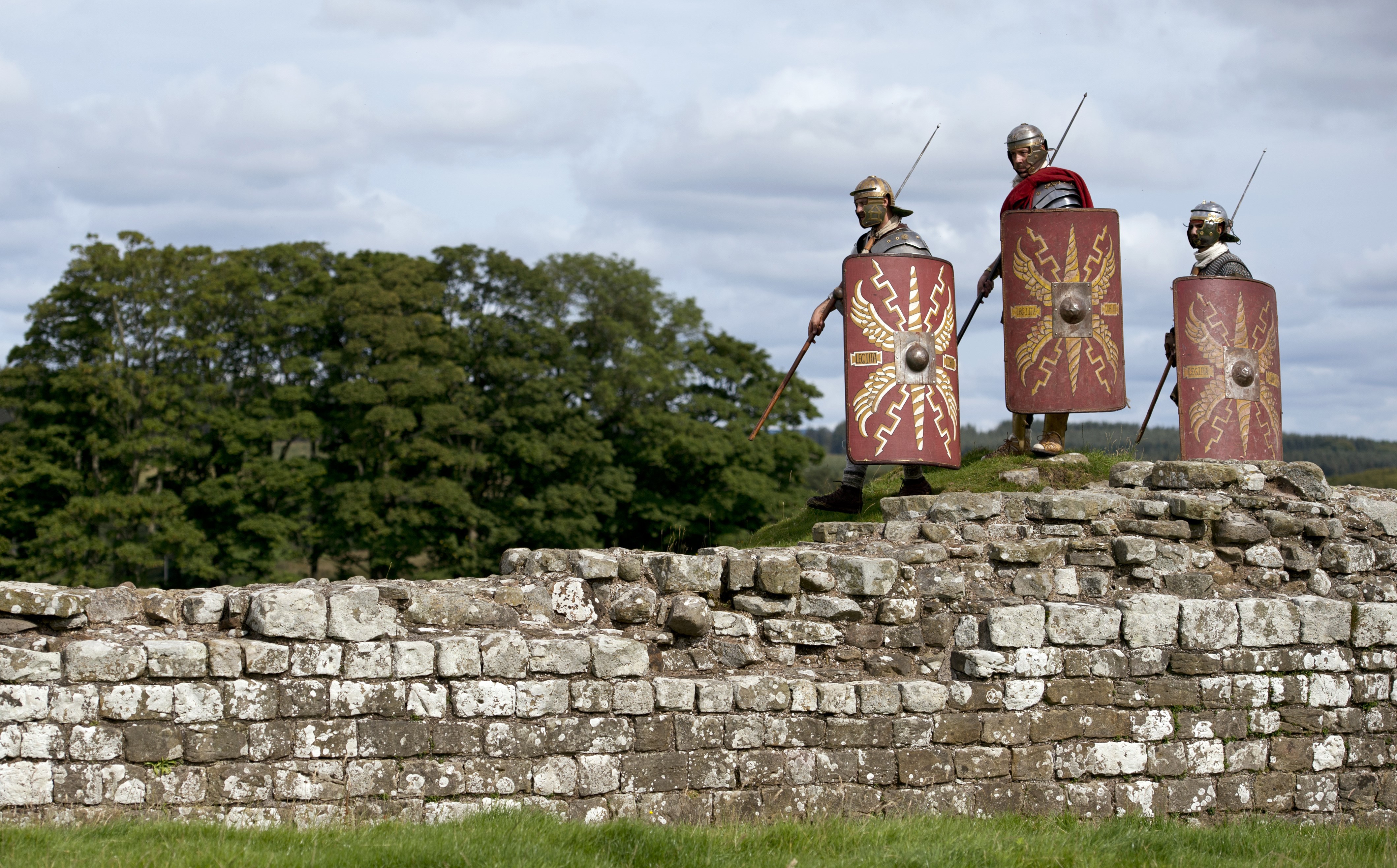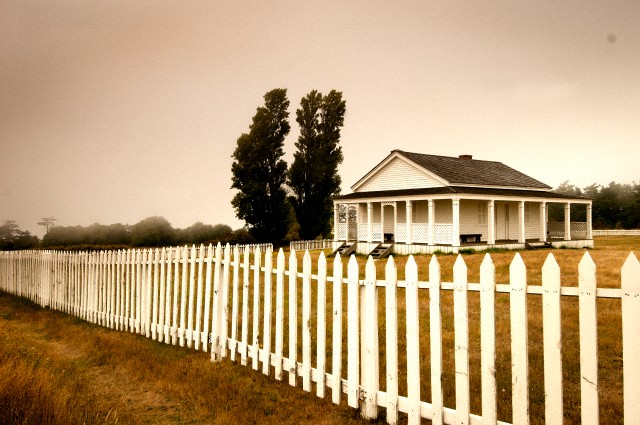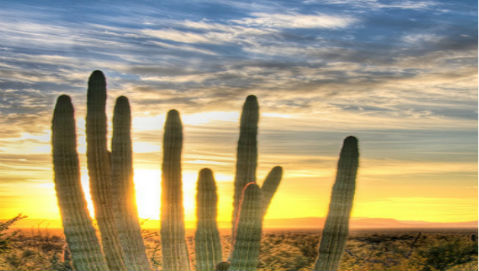Donald Trump’s US-Mexico Wall Has Consequences beyond Human Politics

There’s been a lot of talk among Republican candidates Ted Cruz and Donald Trump about completing the United States-Mexico border fence. But completing the wall has consequences outside of human politics.
“There is a political reality and a biological reality to the border wall,” said wildlife biologist Clinton Epps in a statement back in 2009. “We’ve talked to people who work along the border and the sheer number of people moving across the landscape is stunning. The crackdown on urban crossings has forced people into wild areas and the amount of human activity – both people crossing and the border patrols seeking them – has to have an effect on wildlife.”
Nature does not recognize our human boundaries, and a finished wall would create fragmented communities, upsetting the ecological balance.
“Our boundaries are everywhere and we don’t really think about what they do to the other creatures that share this planet with us,” Krista Schyler, a photojounralist, said in the documentary Think Like A Scientist: Boundaries. She has worked in the borderlands, witnessing the effects the wall has had on life for the past 15 years.
This reconfiguration of the landscape happens so quickly that wildlife cannot possibly adapt to the sudden fragmentation of their habitat, so many die. Some species, by luck of their natural traits, benefit from the fence, but what Schyler and many wildlife experts have been seeing is a breakdown in biodiversity.
For now, openings still remain along the 2,000 mile border, of which around 600 miles have been walled. Some animals have found these openings, and figured out how to move around the fence. But what happens when even these tracts of land also become sealed? Many (already endangered) species would lose their ability to migrate and breed with their northern and southern neighbors; flora which are distributed with the help of certain animals would suffer; and resources that sit on one side of the fence would suddenly become unavailable.
There were environmental laws in place that should have prevented this wall from being built in the first place—laws which were put in place to protect us from ourselves—but all of those were waived. It’s important to ask who a wall hurts most? After looking at it from a scientific perspective, a wall seems to just slow down illegal human migration and harm the established ecosystem.
***
Photo Credit: RAUL ARBOLEDA/AFP/Getty Images
Natalie has been writing professionally for about 6 years. After graduating from Ithaca College with a degree in Feature Writing, she snagged a job at PCMag.com where she had the opportunity to review all the latest consumer gadgets. Since then she has become a writer for hire, freelancing for various websites. In her spare time, you may find her riding her motorcycle, reading YA novels, hiking, or playing video games. Follow her on Twitter: @nat_schumaker





